Dominate the SkiErg for Hybrid Racing
 As the first zone at HYROX and the fifth station at DEKA, the SkiErg is already a staple workout within hybrid racing and an essential part of the hybrid fitness athlete’s repertoire. That being said, few athletes have their own ski ergometers at home; and even fewer gyms consider them to be mainstay pieces of equipment. Depending on where an athlete calls home, he or she may have some experience with true Nordic skiing, the sport after which the SkiErg was modeled. Many participants, however, have little or no experience with SkiErg equipment before showing up to their first hybrid fitness race competition.
As the first zone at HYROX and the fifth station at DEKA, the SkiErg is already a staple workout within hybrid racing and an essential part of the hybrid fitness athlete’s repertoire. That being said, few athletes have their own ski ergometers at home; and even fewer gyms consider them to be mainstay pieces of equipment. Depending on where an athlete calls home, he or she may have some experience with true Nordic skiing, the sport after which the SkiErg was modeled. Many participants, however, have little or no experience with SkiErg equipment before showing up to their first hybrid fitness race competition.
Let’s discuss the machine, proper form, and best practices for attacking the SkiErg while training and racing.
THE MACHINE

The Concept2 SKiErg is currently the most common brand/model used in HYROX and DEKA hybrid racing competitions. The latter, however, also recommends the PB Extreme Ski Trainer as a suitable alternative with similar design.
FLY-WHEEL & DAMPER
The SkiErgs aesthetics of vertical cords with handles resting at the top of the machine may cause newcomers to expect the functionality of a more common lat pulldown. However, the fan cage at the bottom of the unit indicates the SkiErg incorporates flywheel resistance / momentum in a way commonly associated with a fan-based row machine. Understanding this should allow competitors to leverage rhythm and momentum to maximize efficiency.

Both HYROX and DEKA allow competitors to adjust the SkiErg's damper. That is the lever on the side of the fan cage that controls the airflow into the flywheel. HYROX presets the damper of each machine prior to each division (Women, 5; Women Pro / Men, 6; Men Pro, 7), whereas DEKA makes no such promise. However, while HYROX only allows competitors to adjust dampers prior to beginning their workout, DEKA allows participants to adjust the dampers at any time until completion of the workout. So, you have more freedom at DEKA, but you also run greater risk of engaging a machine with unpredictable settings. Of course, damper adjustments mean nothing if you don’t understand their role in gaining distance.
This is an area where previous experience comes in handy as damper settings may be a little counterintuitive. As Concept2 explains it:
Lowering the damper may not get the resistance you need to progress quickly. Think of it like a bicycle. A lower gear makes it easier to turn your pedals quickly, but that doesn’t necessarily translate to faster speed or greater distance per revolution. That’s because it is speed and power against resistance that advances the bike. Such is the case with the SkiErg. So, if you have the power for it, up the damper for competition. Just don’t wear yourself out as SkiErg is just one of several workouts at a hybrid fitness race.
PERFORMANCE MONITOR
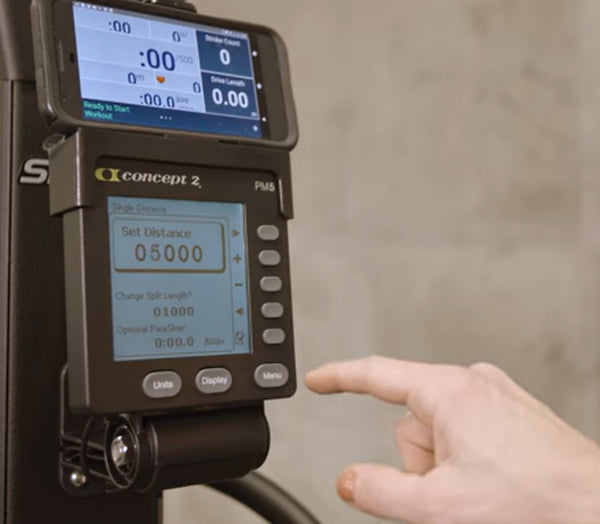
Midway up the machine is the performance monitor (PM) tracking your progress. When entering the SkiErg zone of competition, all machines in the zone should already be pre-programmed to the desired distance and ready for use. Otherwise, participants may be directed to specific machines that are already set.
THE WORKOUT

STANCE / POSITION
Avoid the rookie mistake of standing too close to the machine. Instead, stand 18”-24” away from the flywheel or towards the back of the optional floor base with feet shoulder width apart.
TECHNIQUE
Secure a firm grip of both handles. Maintain a slight bend in your arms (no more than 90°) as you pull the handles down towards the floor and away from the machine to begin turning the flywheel. After three or four short pulls in order to rev up the flywheel, follow through by hinging at the hips, slightly bending at the knees, and driving your hands down and back until they reach your thighs. Then, stand tall, coming up on your toes as you raise your arms above your head for the next pull. Work with the momentum of the flywheel to maintain a continuous flow of motion.

TIPS
Pay attention to form so that you don’t turn the SkiErg into a triceps workout. Instead, make sure you are engaging your core and bending at the knees. However, knees alone look and feel a lot like a squat… a bad idea considering all of the other workouts in which you’ll need your legs. Instead, be sure to stand far enough away from the machine to hinge at the hips without hitting your head on the performance monitor.
Don’t overextend upwards or downwards/backwards. Ideal motion will pull down to your thighs and retract above your head. Rather than reversing their pull-down path to return arms and handles to upright position, some athletes claim it's more efficient to rotate their arms outwards during the follow-through similar to a swimmer's butterfly stroke. However, this claim is debatable, and without advance practice, it may be an awkward stroke to test during copetition.
If you find yourself getting sore or fatigued, one way to get quick relief without allowing the flywheel to come to a complete stop is to temporarily switch to a classic skiing technique where you continuously alternate between arms. Of course, this is only a temporary solution as pulling simultaneously with both arms produces the most power.
CONCLUSION

SkiErg is a low-impact, full body workout that burns a lot of calories. In hybrid racing, it is one of those zones where the advantage of experience and efficiency can translate to time saved. Just remember that the high-energy, aerobic SkiErg is only one zone of many. So, watch your heart rate, and don’t overdo it!

Shop Hybrid Fitness Training Apparel

READERS ALSO LIKED THESE HYBRID FITNESS ARTICLES:

Affiliate Disclosure - MudGear.com receives compensation from affiliate partners for placing links to their products on our website. This sometimes influences our decision on what products we recommend and to which products we link.




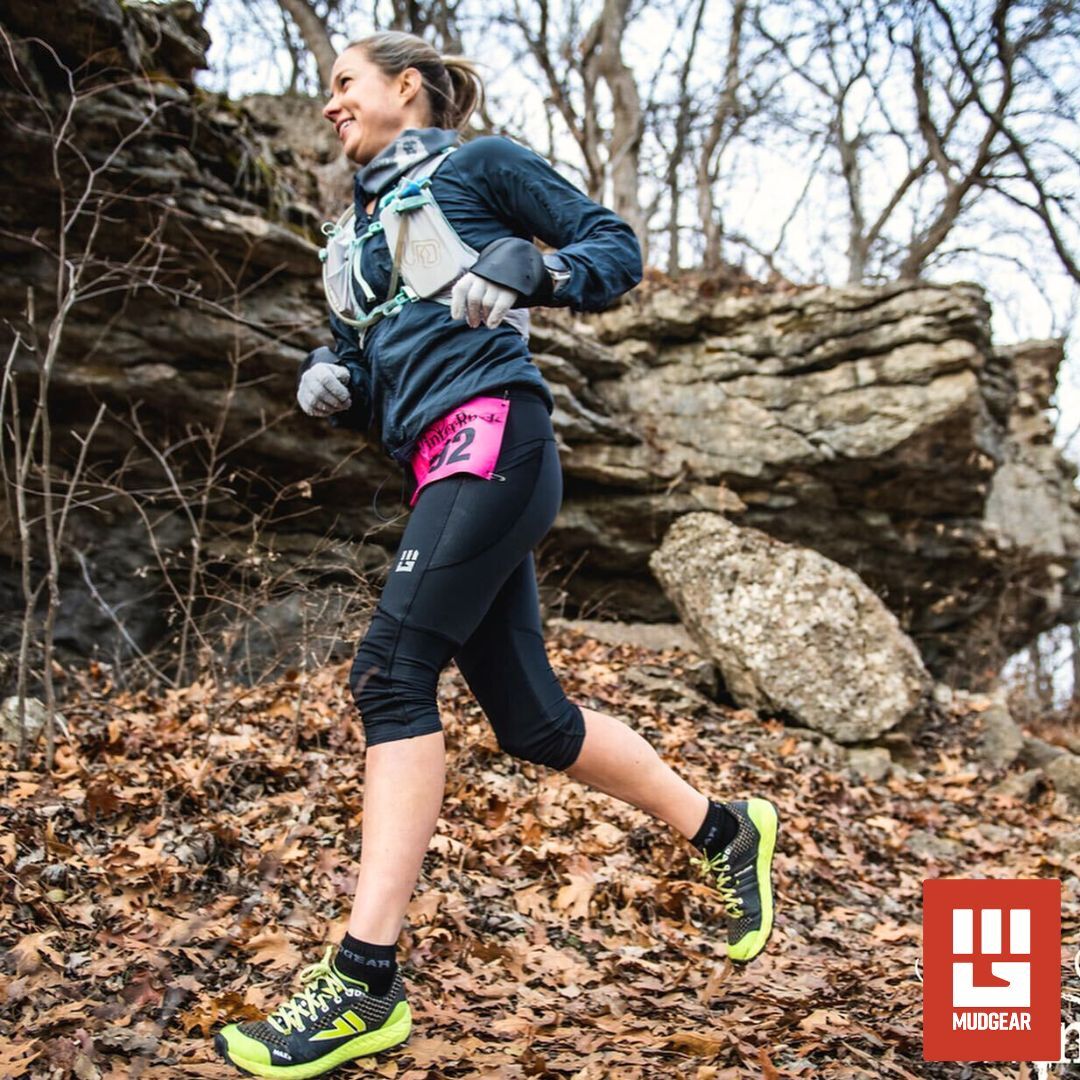
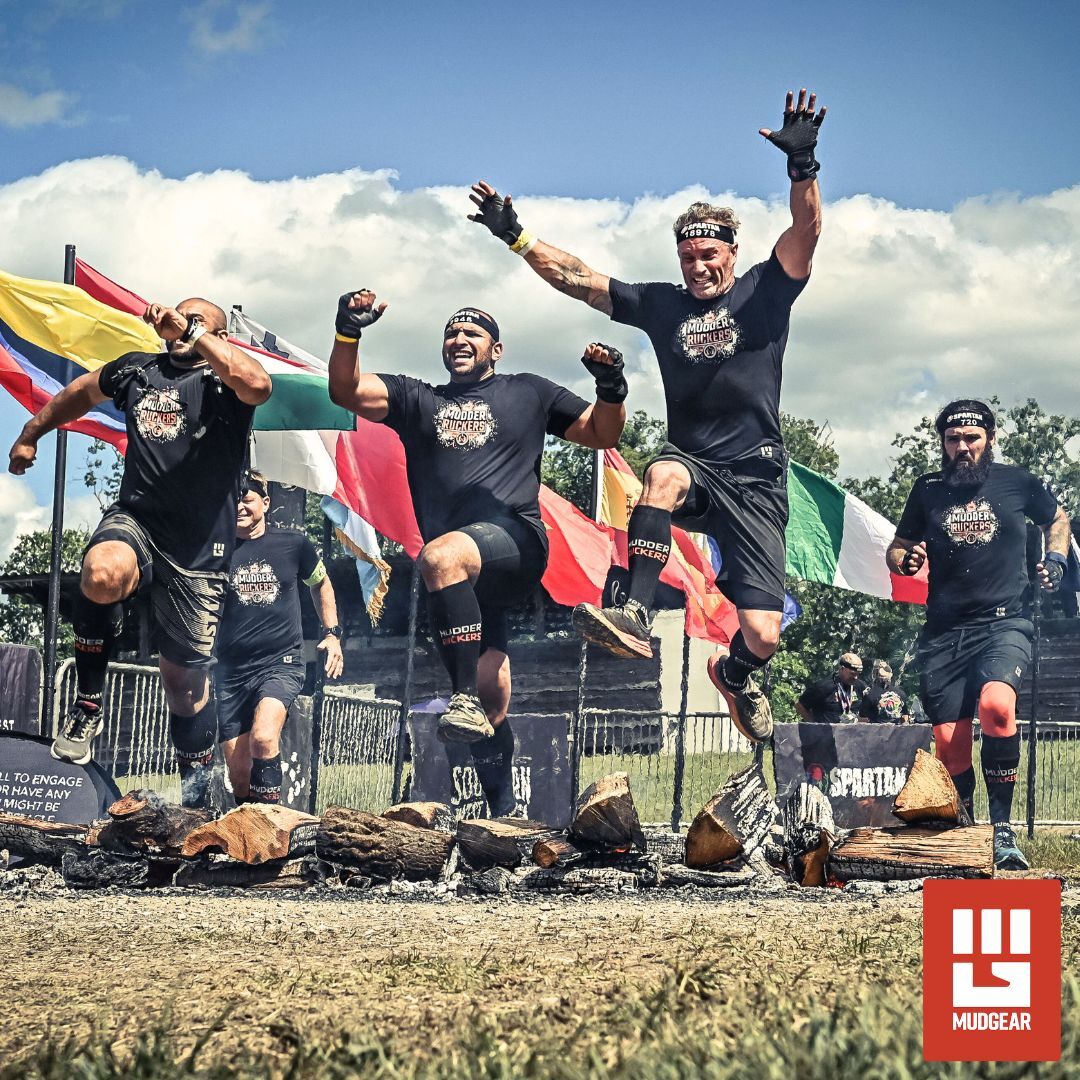
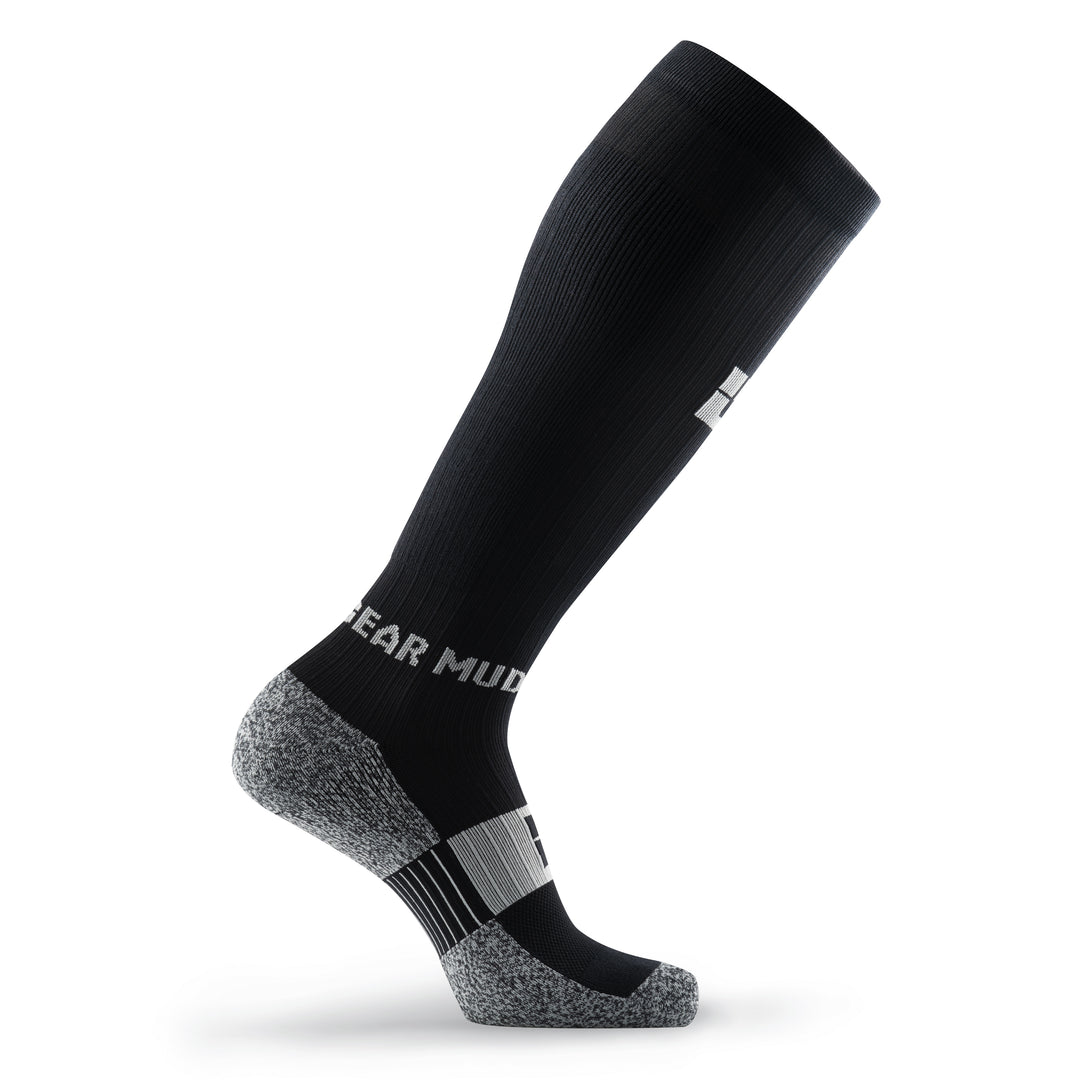
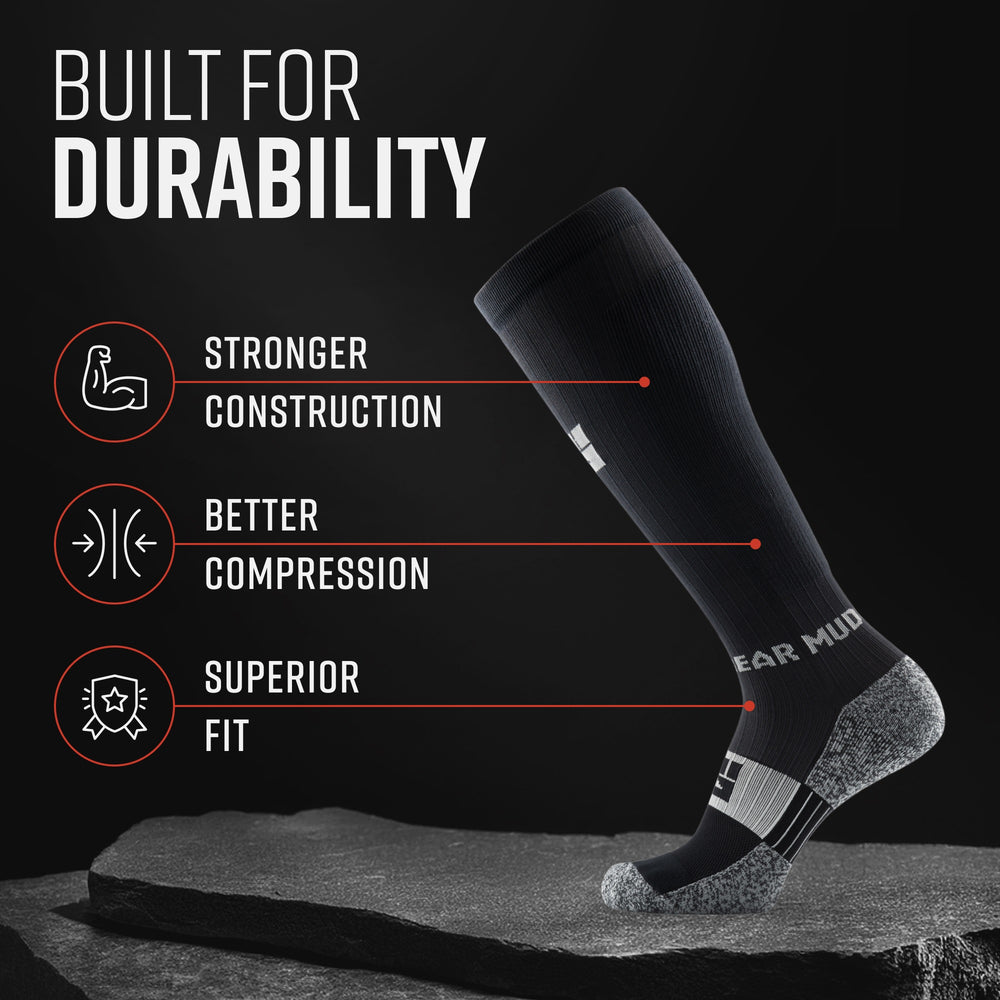
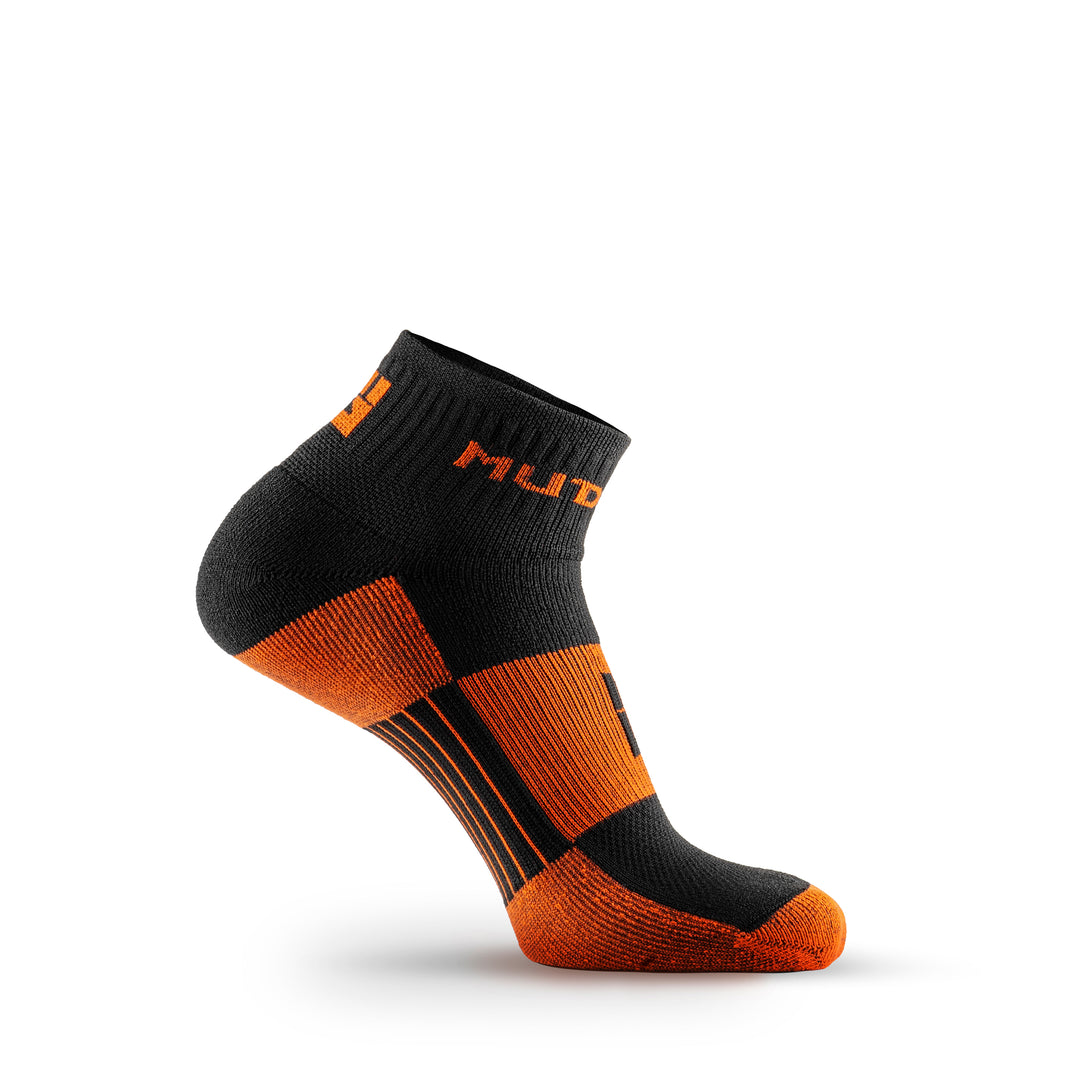
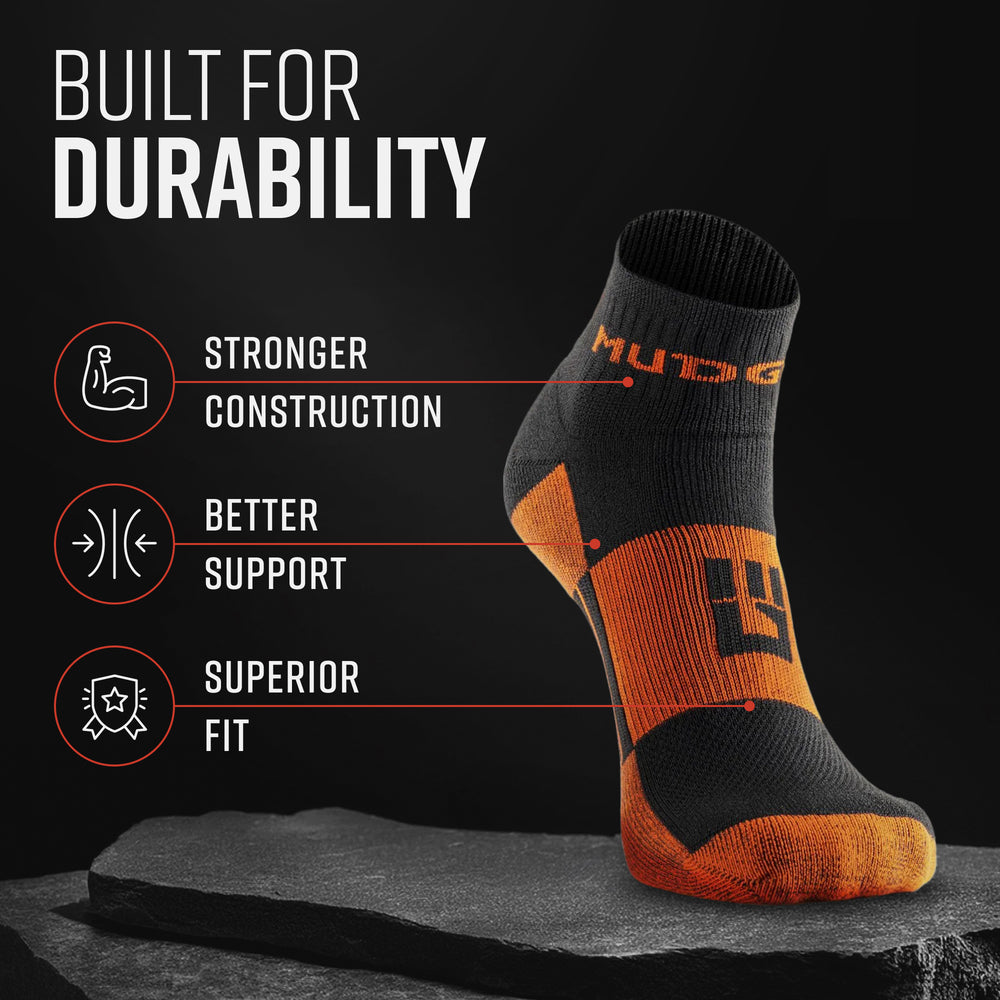


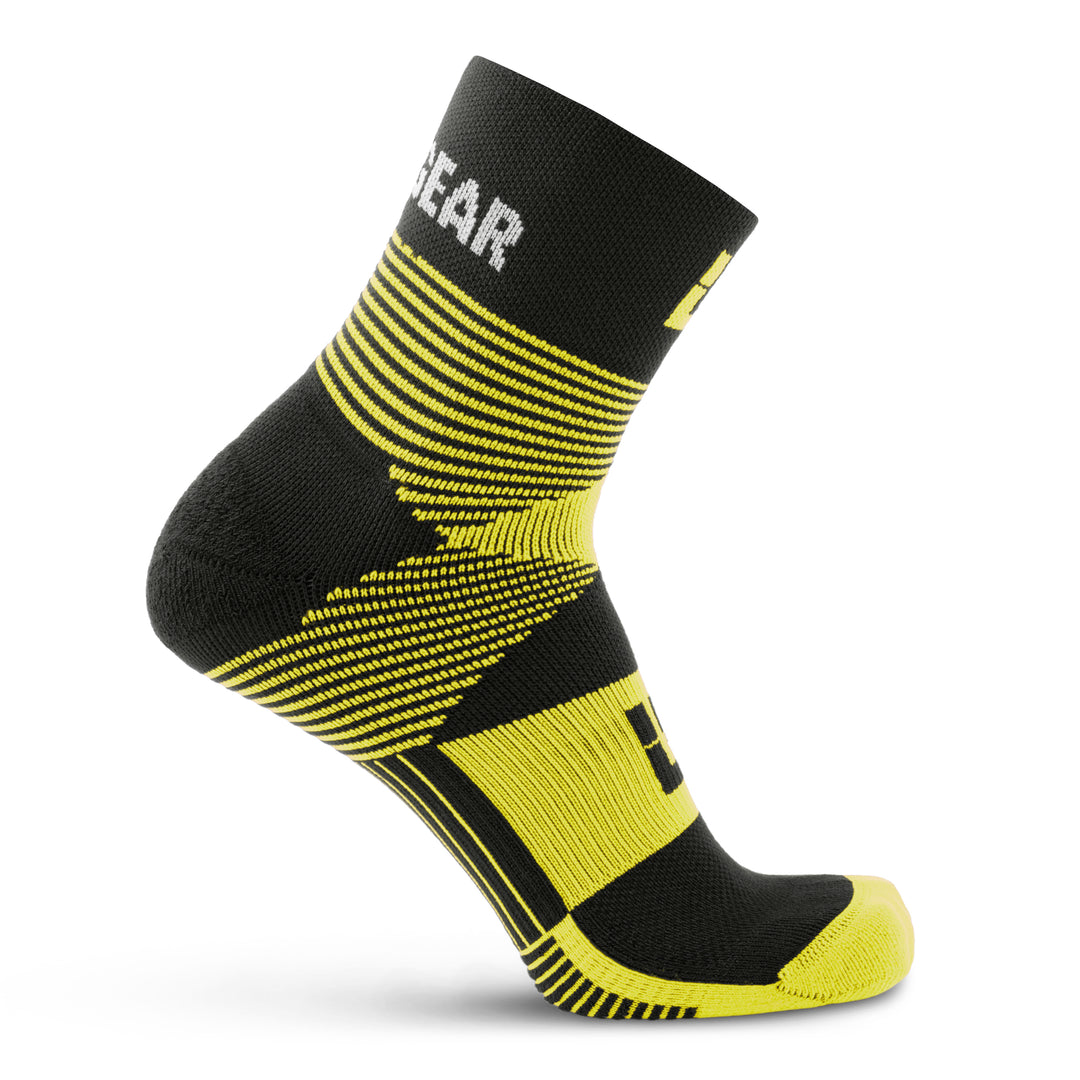
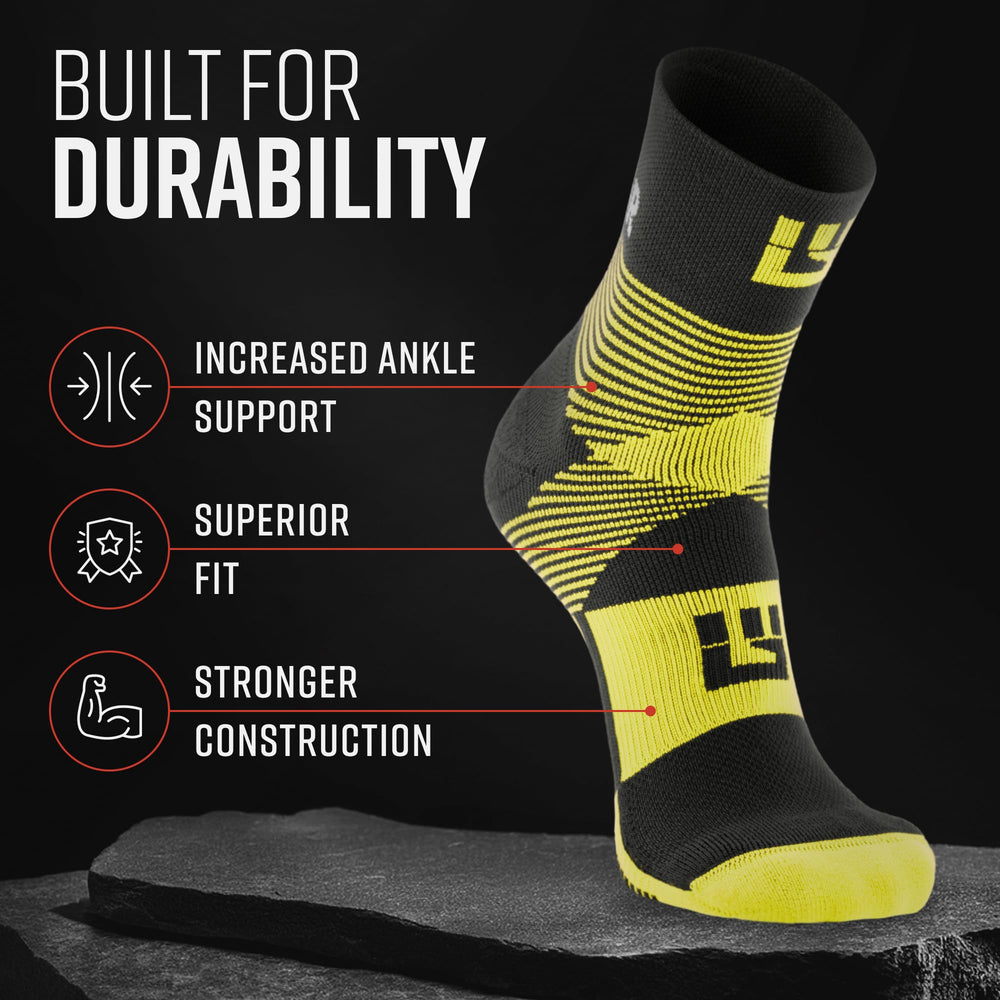

Leave a comment